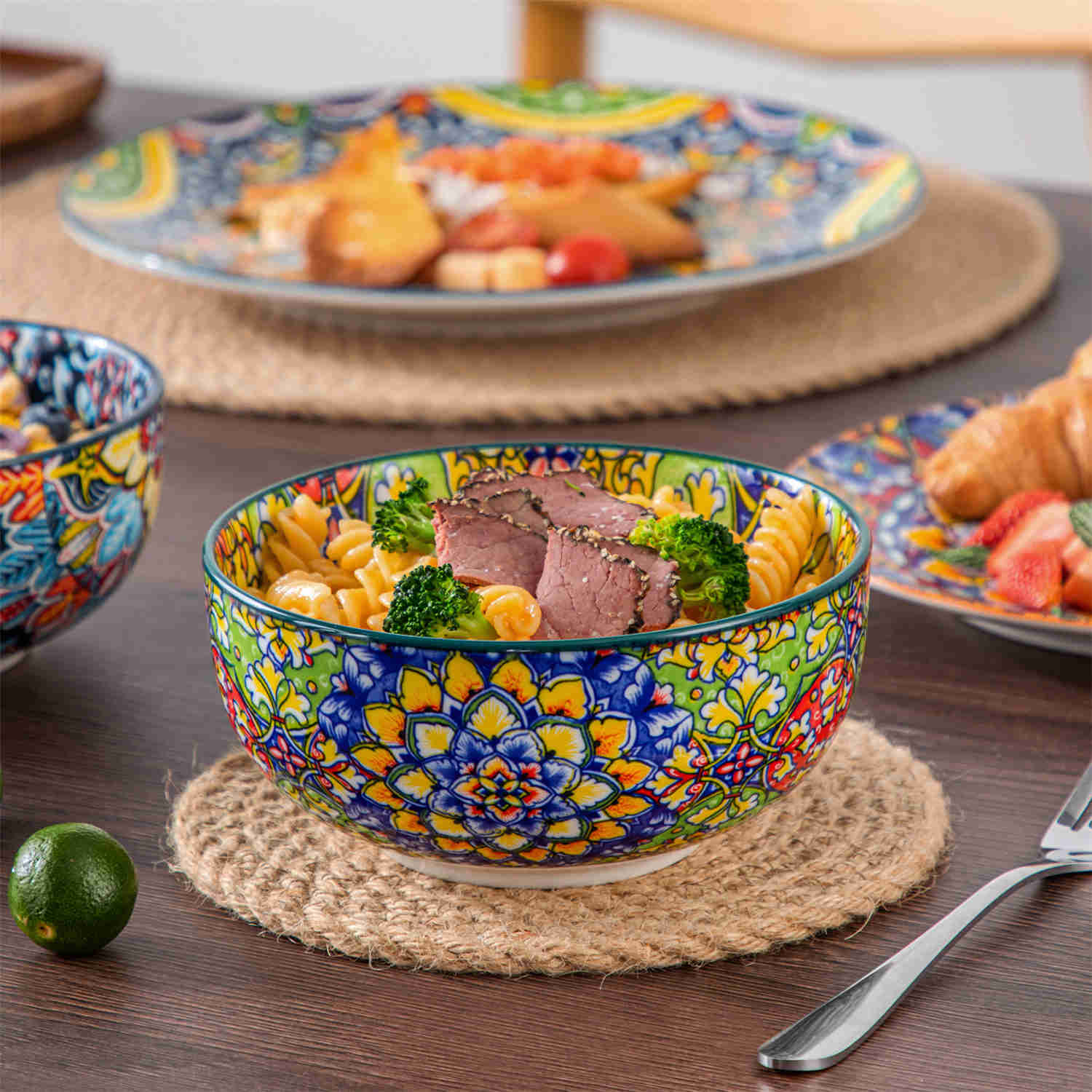Unlock the Secrets: Discover the Best Microwave-Safe Dishes That Won't Let You Down!
In today's fast-paced world, the microwave oven is a beloved kitchen companion, making meal preparation quick and convenient. However, using the right dishes in the microwave is crucial for both health and safety. Many people mistakenly believe that all types of dishes are safe to use in the microwave, leading to potential hazards that can affect food quality and even cause injuries. This article aims to demystify microwave-safe dishes, covering the materials that are safe for microwave use, common types of microwave-safe dishes, what to avoid, and tips for choosing the right ones. We’ll also explore how to properly care for these dishes to ensure they last for years. So, let’s dive into the world of microwave safety!

Understanding Microwave-Safe Materials
To determine whether a dish is microwave safe, it's essential to understand the materials used in its construction. Microwave-safe dishes are designed to withstand the heat generated during cooking without melting, warping, or releasing harmful substances into food. Common materials that are considered microwave safe include glass, ceramic, and certain types of plastic. Glass and ceramic dishes are excellent choices because they do not absorb moisture and heat evenly, preventing hot spots that can lead to uneven cooking. However, not all glass or ceramic is created equal; some decorative pieces may have metallic paints or finishes that are not safe for microwave use. On the other hand, plastic containers should be specifically labeled as microwave safe, as many types can warp or melt at high temperatures. Remember to check for symbols or labels on the bottom of the dish to ensure you're using safe materials in your microwave.
Common Types of Microwave-Safe Dishes
When it comes to microwave cooking, several types of dishes are commonly considered safe. Microwave-safe bowls are perfect for reheating soups, stews, and casseroles. Look for deep, round bowls that allow steam to escape easily. Plates are also a staple; flat, shallow designs made from glass or ceramic are ideal for heating leftovers. Additionally, microwave-safe containers with lids are great for steaming vegetables and maintaining moisture during cooking. It's worth noting that silicone bakeware has gained popularity for its flexibility and heat resistance, making it another excellent option for microwave use. Each of these dishes serves a unique purpose, allowing you to prepare a variety of meals quickly and safely.
What to Avoid: Non-Microwave-Safe Dishes
While many dishes can be safely used in the microwave, several materials pose risks when heated. For instance, metal containers, including aluminum foil, can cause sparks and fires due to their conductive properties. Similarly, dishes with metallic trims or decorations should be avoided. Some types of plastic, especially those not explicitly labeled as microwave safe, can release harmful chemicals into food when heated or may warp and melt, ruining your meal. Additionally, certain ceramics and glass can crack or shatter if they are not designed for microwave use. To avoid potential accidents or health risks, always double-check the materials of your dishes before placing them in the microwave.
Tips for Choosing the Right Microwave-Safe Dishes
Selecting the right microwave-safe dishes can be straightforward if you keep a few tips in mind. First, always look for labels that indicate the dish is microwave safe; these typically include symbols such as a microwave or wavy lines. If you're unsure, consider the material—glass and ceramic are generally safe, while plastic should be specifically labeled. It's also wise to avoid older dishes that may not have been designed for microwave use. When purchasing new dishes, opt for those that are dishwasher safe as well, as they tend to be more durable. Lastly, consider sizes and shapes that suit your cooking needs, as having a variety of dishes can make meal preparation more efficient.
Care and Maintenance of Microwave-Safe Dishes
To ensure the longevity and safety of your microwave-safe dishes, proper care and maintenance are essential. After each use, wash your dishes with mild soap and a soft sponge to avoid scratches. If your dishes develop stubborn stains, a mixture of baking soda and water can help remove them without damaging the surface. Avoid using abrasive cleaners or scrubbers, as these can wear down the material and compromise safety. When storing your dishes, stack them carefully to prevent chips and cracks, and keep them away from extreme temperature changes. By following these simple maintenance practices, you can enjoy your microwave-safe dishes for years to come.
Key Takeaways on Microwave Safety
In summary, understanding microwave-safe dishes is vital for safe and convenient cooking. By familiarizing yourself with the various materials, types of safe dishes, and what to avoid, you can make informed choices that protect your health and enhance your cooking experience. Always read labels and choose dishes designed for microwave use, as this will not only ensure your safety but also improve the quality of your meals. With a little knowledge and care, you can confidently navigate your microwave cooking adventures!








